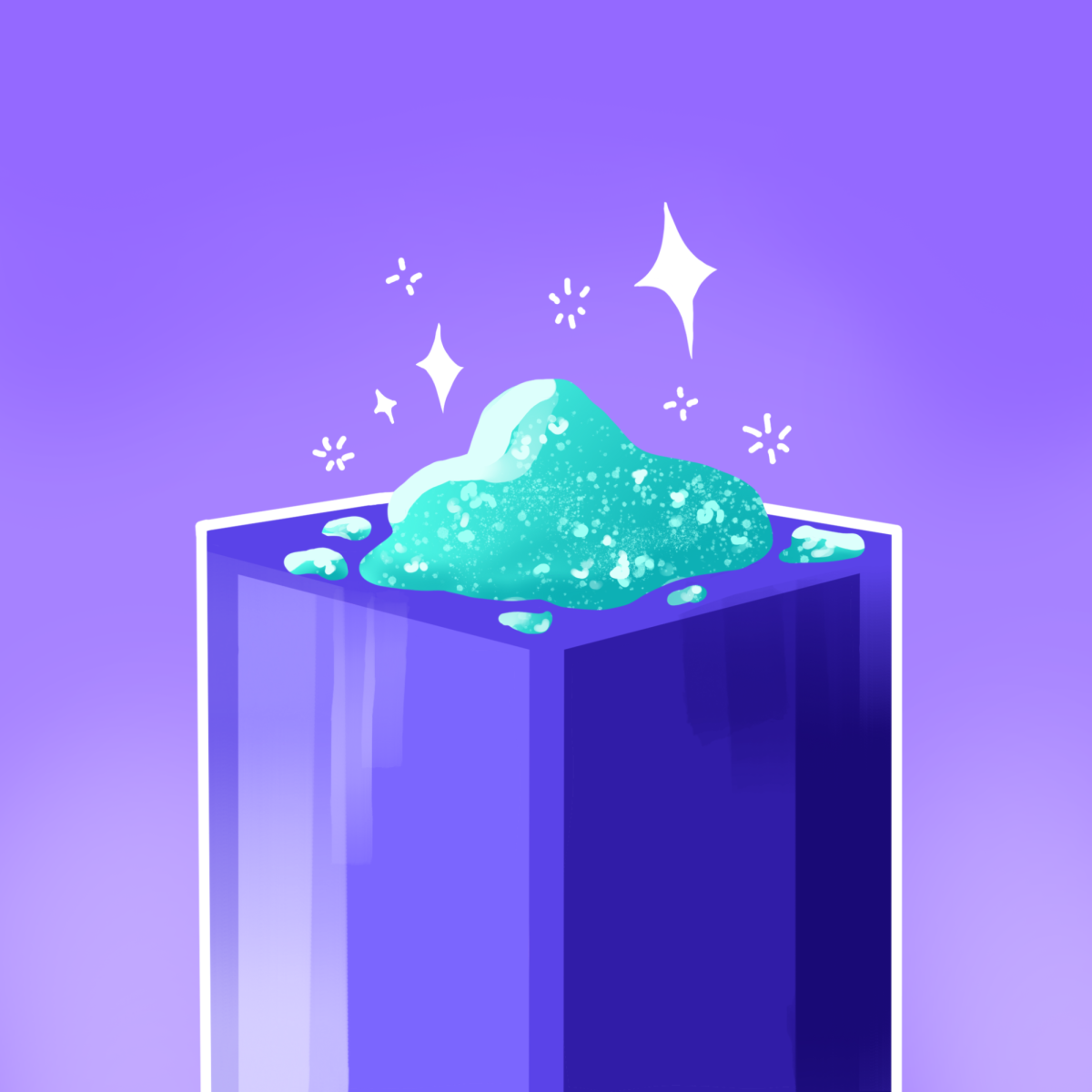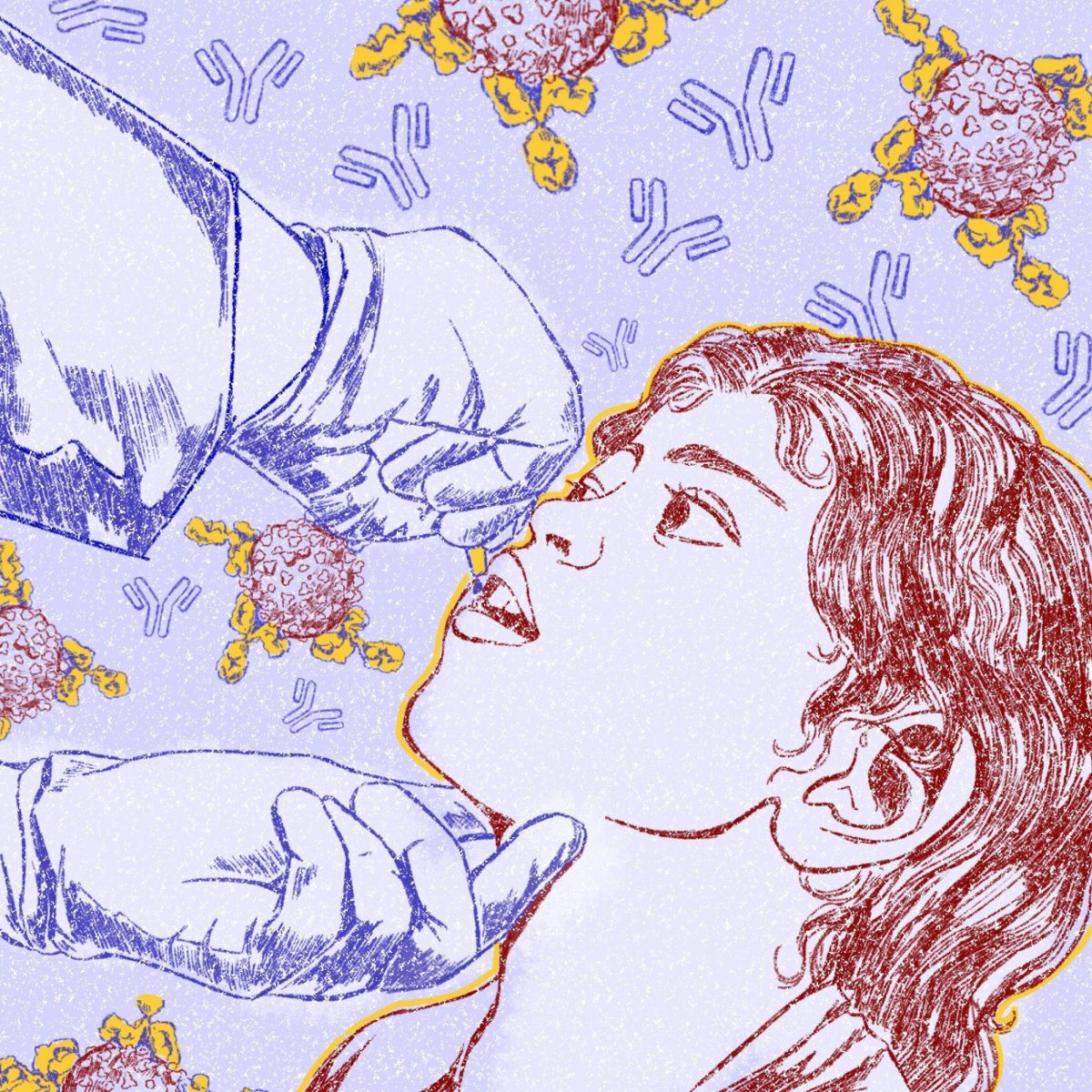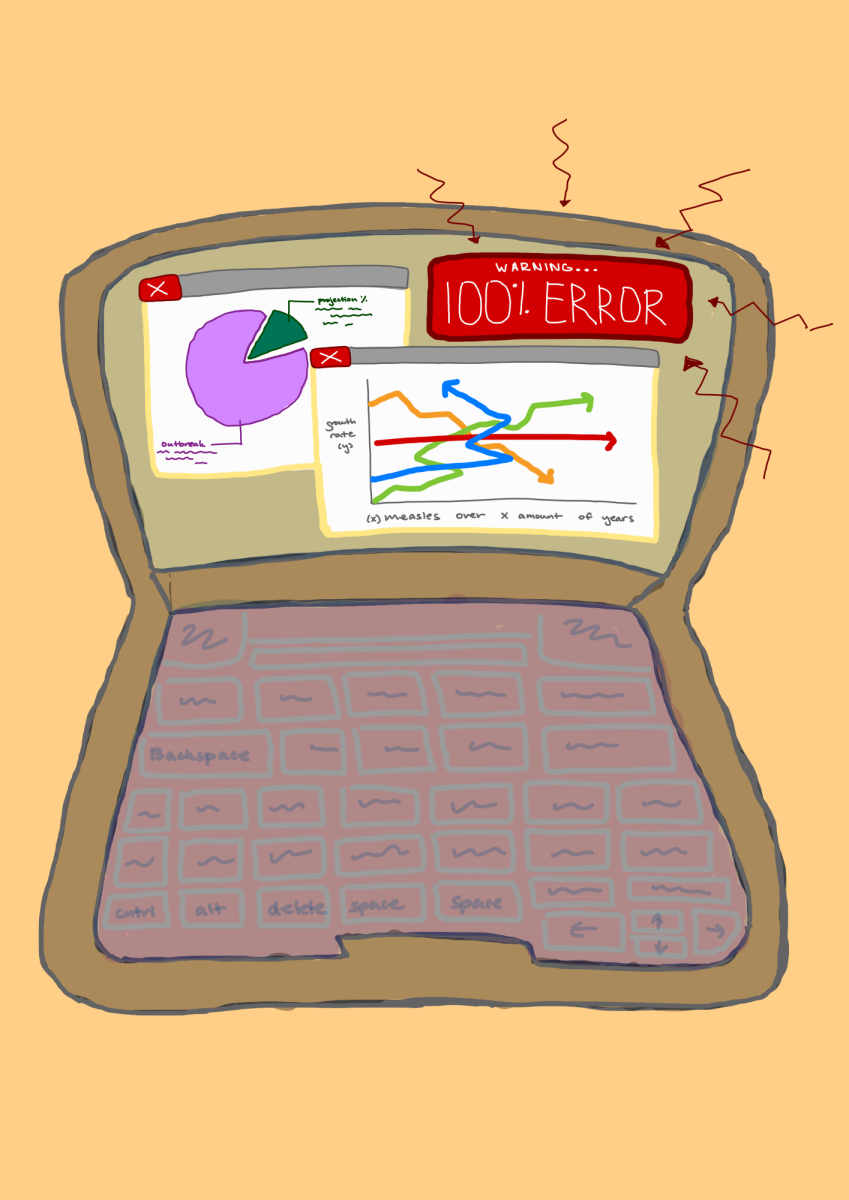A team led by UT researchers received a national grant in September to study the properties of gels and how they can be combined to create gels with desired properties.
“Gels are primarily liquid-like materials held together by a 3D network of molecules or tiny particles, pervading their structure and giving them some solid-like properties,” project principal investigator Thomas Truskett said in an email. “Under some conditions, they flow like a liquid (great for processing); under others, they hold their form like a solid.”
The grant is from the National Science Foundation’s Designing Materials to Revolutionize and Engineer our Future grant program. The project the grant funds specifically studies the properties of gels made from polymers and gels made from nanocrystals, with the goal of making hybrid gels that have the individual properties of both polymers and nanocrystals, co-principal investigator Adrianne Rosales said.
“One of the questions that we have is whether the structure property relationships that we can generate for some of the polymeric networks (and) how those compare to the structure property relationships that we can generate for the nanocrystal network,” Rosales said. “So basically, how similar are the design rules between these two distinct classes of materials?”
The researchers aim to study the principles that create the unique properties of these gels to design new, hybrid gels with novel properties, Truskett said.
“But to learn the design rules for gels, you need to ‘see’ how the gels’ internal structures evolve when they experience a change in temperature or mechanical stress,” Truskett said in the email. “This grant will allow us to develop gel networks that interact with light in novel ways, enabling us to watch and simulate that structural evolution.”
In addition to studying the properties of gels, the team is looking at ways to expand educational outreach and broader community impact, Rosales said.
“There’s a current program at UT-Austin that brings in students from community colleges such as Austin Community College for a summer research experience at UT-Austin,” Rosales said. “Part of our outreach objectives will be to host students through that program.”
The goal is to provide community college students the opportunity to do summer research and prepare for a successful transition to a STEM degree program at a four-year university.
The team is also working with chemical engineering to establish some support resources for transfer students with the creation of a Transfer Interest Group, Rosales said.
“It will have an impact beyond the research lab,” Rosales said.













